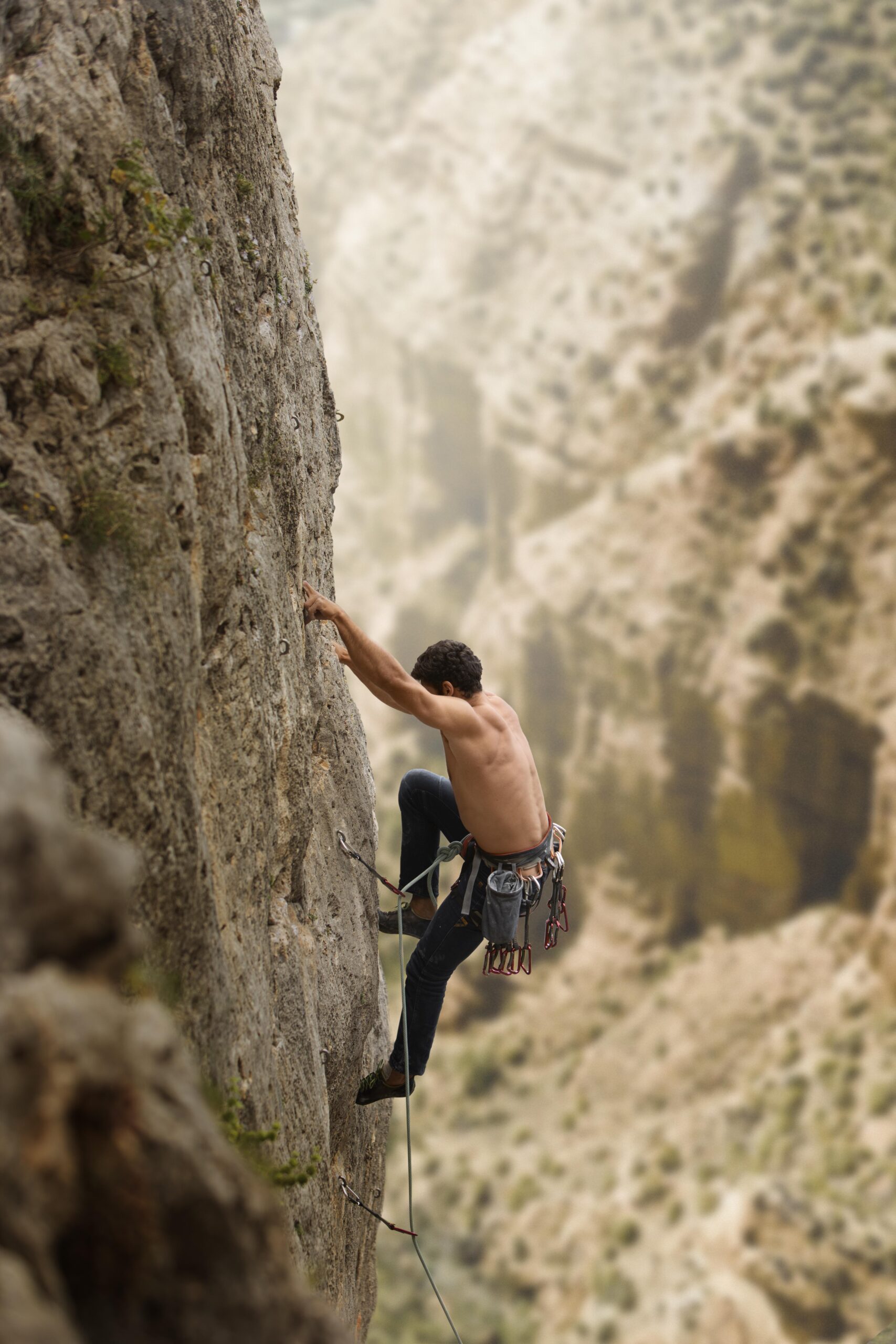
Mount Kenya is Africa’s second-highest mountain and a place full of rugged beauty. Many travelers know Kilimanjaro, but fewer make it here. That’s a big reason why climbing Batian feels so special. It’s not crowded. It’s raw. It asks a lot, and rewards you even more.
Batian rises to 5,199 meters. Unlike Point Lenana, which is a trekking peak, Batian is a technical climb. You’ll need skill, confidence, and good fitness. If you’re thinking about trying, this guide will help you get ready.
Why Batian Stands Apart
Batian isn’t just the highest point on Mount Kenya. It’s a climb that feels honest. No shortcuts. No easy trails to the top. You earn every meter. When you stand on Batian’s summit, you’ll see all three peaks, Batian, Nelion, and Lenana, together. You’ll look down on glaciers and far out over the plains. The view is as big as it gets.
Most of all, you’ll feel proud. Few people reach this point each year. It takes planning and heart.
The Normal Route
The North Face Standard Route is the most common way up. It’s graded about 5.9 (UIAA IV+). You’ll need to be comfortable climbing rock at that level.
The route has:
- About 18 pitches of rock.
- A glacier approach, depending on the season.
- Big exposure in many spots.
- Sections that can be hard to follow.
Most climbers do the route over two days. Some bivouac on the mountain, but it makes logistics more complex.
Skills You Need:
Climbing Batian is very different from hiking to Point Lenana. This is a true alpine route with long pitches and real exposure. You can’t rely on a simple trail. Instead, you’ll need solid climbing skills, good balance, and confidence using ropes on steep rock. Even if you hire a guide, you must be prepared. Knowing what to expect helps you stay safe and enjoy this unique mountain challenge.
- Multi-pitch rock climbing experience.
- Knowledge of alpine rope work.
- Good balance and confidence at height.
- Strong fitness.
Even if you hire a guide, you’ll be moving all day. You’ll carry your gear, water, and snacks. Staying steady under pressure is key.
When to Climb?
The best months are July through September. The weather is more settled, and the rock is usually dry. January and February can also work, but storms are less predictable. Mount Kenya creates its weather. Clear mornings can turn stormy by noon. Try to build some flexibility into your plans in case you need to wait for safe conditions.
Permits and Guides
All climbers need a park permit. Fees are different for residents and visitors. Hiring a guide isn’t mandatory if you’re qualified, but most people do. Local guides know the mountain’s details, weather shifts, route choices, and safe camps. Look for a certified guide with a proven record on technical climbs here. Ask questions before you book.
Getting Used to the Altitude
Altitude is often the biggest surprise for climbers. Even fit people can feel tired fast if they don’t acclimate. A good approach:
- Day 1: Hike to Old Moses Camp (3,300m).
- Day 2: Trek to Shipton’s Camp (4,200m).
- Day 3: Rest and take short walks to higher spots, then sleep low.
Spending a few days getting used to the elevation makes the climb safer and more enjoyable.
What to Pack?
This is a mixed route, rock, ice, and snow. You’ll need both mountaineering and climbing gear:
Clothing:
- Warm base layers.
- A down jacket.
- Waterproof outer layer.
- Hat and gloves.
Footwear:
- Mountaineering boots that fit crampons.
- Approach shoes if you prefer for the lower sections.
Climbing Gear:
- Belay device.
- Locking carabiners.
- Crampons and ice axe.
Other Essentials:
- Headlamp and extra batteries.
- Water bottles or a bladder.
- High-energy snacks.
- Personal first aid kit.
Guides usually provide ropes and protection. Always check in advance.
A Sample 6-Day Plan
Planning your days helps you move with confidence. Here’s a common six-day schedule many climbers use to acclimatize, climb Batian, and return safely. Many teams use a schedule like this:
Day 1: Drive from Nairobi to Sirimon Gate. Hike to Old Moses Camp.
Day 2: Trek to Shipton’s Camp.
Day 3: Acclimatize and prepare gear.
Day 4: Start early, climb Batian: return or bivouac.
Day 5: Finish descent to Shipton’s.
Day 6: Walk out and return to Nairobi.
Staying Safe
Climbing Batian is serious. A few simple habits keep you safer:
- Listen to your guide.
- Respect the weather.
- Drink plenty of water.
- Eat small snacks often.
- Watch for signs of altitude sickness.
Turn back if you feel unwell or if conditions change fast. The mountain will be there another day.
Training Tips
You’ll enjoy the climb more if you train ahead.
- Do cardio workouts, running, hiking, and cycling.
- Practice rock climbing on real stone, not just a gym wall.
- Learn or refresh rope systems and rappels.
- Train with a weighted pack on long hikes.
Aim to build strength, stamina, and skill.
Batian vs. Lenana
Point Lenana is a popular trekking peak. It’s beautiful and much easier, no ropes needed. But it doesn’t feel as wild. Batian is different. Fewer people go there. You’ll need skills and focus. That’s part of what makes it special. If you’re ready for a real alpine climb, Batian is worth the work.
Final Reflections
Batian is not just a climb. It’s a test of patience and preparation. But it’s also a place of calm beauty. The glaciers, the views, and the early morning light stay with you long after you leave. If you start with respect and train with purpose, you’ll be ready.